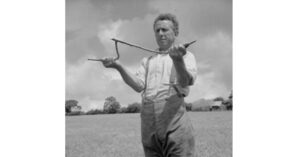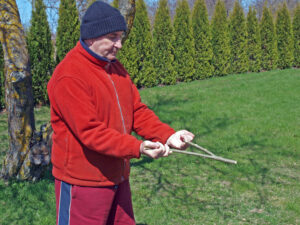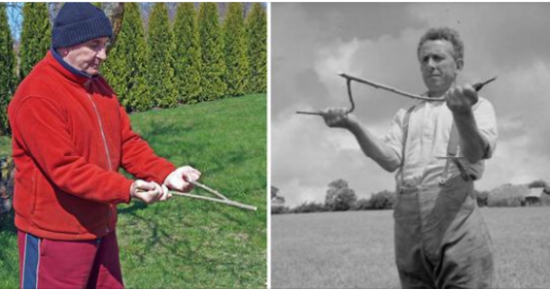Not only am I referring to significant changes, but also the subtle ones that appear to unfold over decades. My grandmother, may she rest in peace, often spoke about the habits and routines she had when she was young. She frequently showed us peculiar tools and trinkets that no one else in the family could identify.
I can only imagine that it will be the same for me if I am fortunate enough to live as long as she did.
In any case, I suppose it’s this sense of nostalgia that makes “what’s this?” articles so popular online. I mean those pictures people upload with a desire to identify a familiar object and understand its former purpose…
There’s currently a new one making the rounds, and it seems to be particularly challenging to figure out what it is and what it does.
I’ll be the first to admit that I had no idea what the tool below was when I first saw a photo circulating on the internet.
Fortunately, however, there were people who did…

At first glance, it looks like a regular, old tree branch—V-shaped but otherwise quite unremarkable.
Yet its story as a useful tool for mankind goes all the way back to the 1500s, and a practice known as “Water Dowsing.”
As per reports, the water dowser has several names, including a “diviner,” “doodlebug,” “well witch,” or “water-finder.”
Its primary job? Yes, you guessed it: to locate water!

An individual would hold both branches of the stick in each hand, palms facing upwards. The stem of the V (the bottom part where the two rods meet) is then tilted toward the Earth at a 45-degree angle.
The user then walks back and forth, supposedly looking for vibrations at the bottom of the V to detect signs of water hidden beneath the Earth.
Apparently, dowsing with metal rods was a process used to find metals in the ground during the 1500s, though people began to use the same method to find water for new homeowners living in rural areas.
Watch the video below for more on Water Dowsing!
Did you know what this instrument was for? Let us know in the comments box.



